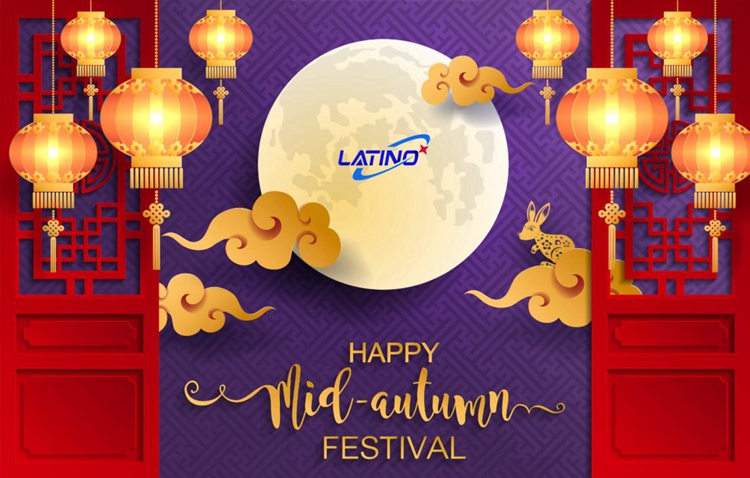
- Home
- >
- News
- >
- Happy Mid-autumn Day
- >
Happy Mid-autumn Day
2019-09-12 16:46 
Mid-Autumn Festival is an inherited custom of moon sacrificial ceremonies. The ancient Chinese observed that the movement of the moon had a close relationship with changes of the seasons and agricultural production. Hence, to express their thanks to the moon and celebrate the harvest, they offered a sacrifice to the moon on autumn days.
This custom could be traced back to the Zhou Dynasty (1046 - 256 BC) and was more often practiced by the royal class on the Autumnal Equinox. At that time, the custom had no festival background at all. Later in the Sui (581 - 618 AD) and Tang (618 - 907 AD) dynasties, social prosperity inspired the custom of appreciating the moon on the moon sacrifice ceremony day among common people and the two merged. The people expressed their faith more liberally than the royal class and so they did not strictly hold their activities on the Autumnal Equinox. So the 15th of the 8th lunar month, the closest full moon day to the Autumnal Equinox, turned out to be a better choice and was set as a fixed festival. This happened in the Tang Dynasty. By the time of the Northern Song Dynasty (960 - 1127 AD), Mid-Autumn Festival had already become a widely celebrated folk festival.
Romantically speaking, the festival is to commemorate Chang E, who in order to protect her beloved husband’s elixir, ate it herself and flew to the moon.
On the festival day, family members gather to offer sacrifice to the moon, appreciate the bright full moon, eat moon cakes, and express strong yearnings toward family members and friends who live afar. In addition, there are some other customs like playing lanterns, and dragon and lion dances in some regions. The unique customs of ethnic minorities are interesting as well, such as “chasing the moon” of Mongolians, and “steal vegetables or fruits” of the Dong people.
Tianjin Latino Environmental Technology CO.,Ltd.
